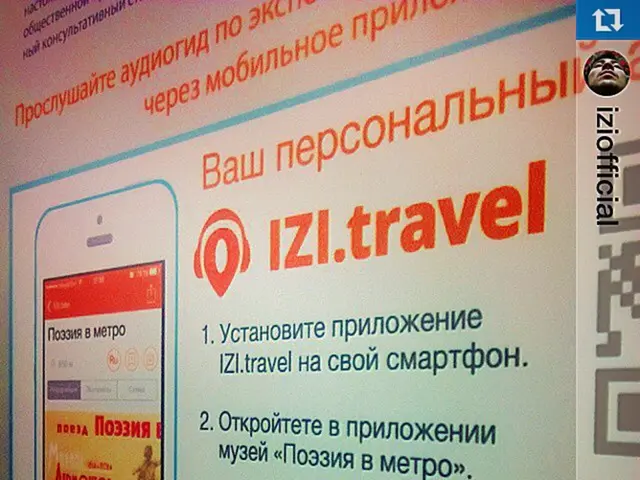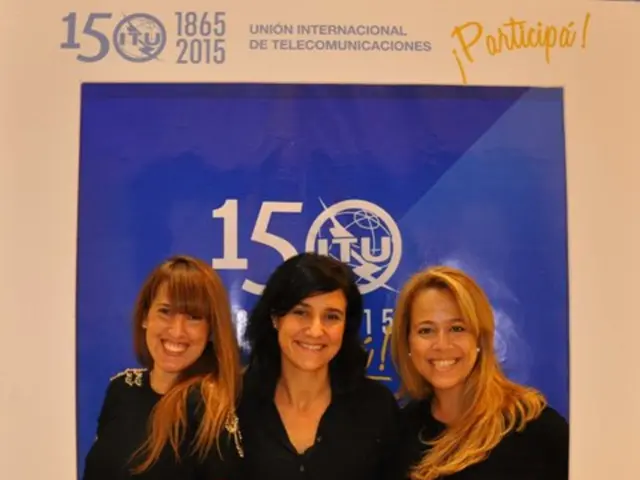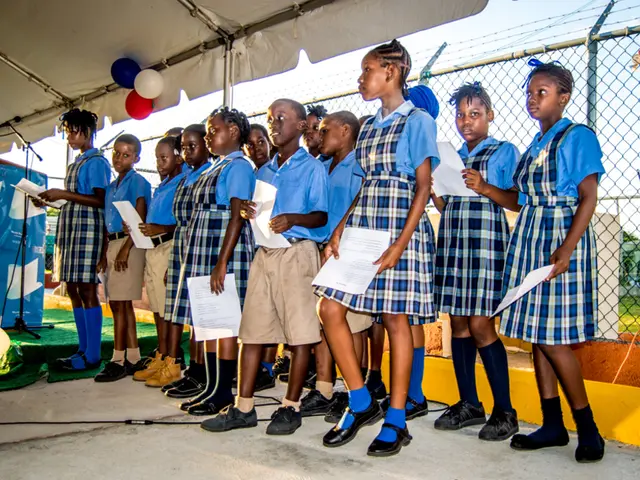Methods for Successful Instruction in Heterogeneous Learning Environments
=========================================================================
In today's globalized world, classrooms are becoming increasingly diverse, encompassing a variety of cultural, linguistic, and personal backgrounds. This diversity presents both challenges and opportunities for educators. By adopting effective strategies, teachers can create an inclusive and supportive learning environment that fosters an environment where all students feel valued and engaged.
Addressing Cultural Backgrounds
- Culturally Responsive Teaching: Awareness of one's actions and the adaptation of instruction to consider all students' backgrounds and readiness levels is crucial. Incorporating learning strategies that are familiar to students from diverse cultural backgrounds can help promote engagement and learning.
- Multicultural Content: Lessons that reflect the different cultures of students help them feel included and valued. This promotes engagement and learning.
- Inclusive Materials: Providing materials and resources that represent a variety of cultures and experiences is essential for creating an inclusive classroom.
Accommodating Learning Styles
- Multisensory Approaches: Using a combination of auditory, visual, and kinesthetic techniques can engage students with different learning styles.
- Differentiated Instruction: Adapting teaching methods to meet the varied learning needs of students, such as through cooperative learning or station teaching, is essential for ensuring all students can thrive.
- Flexibility in Engagement: Offering multiple means of engagement, such as choices, varied content formats, and flexible pacing, can cater to students' different learning preferences.
Supporting Language Proficiency
- Visual Aids and Previews: Using visuals and vocabulary previews can help students with varying language proficiency levels understand complex concepts.
- Simplified Materials: Adapting materials to suit different language proficiency levels ensures that all students can access the information.
- Peer Support: Encouraging peer-to-peer support and collaboration can help students learn from each other's strengths.
Addressing Challenges in Diverse Classrooms
- Promote Active Participation: Encouraging every student to participate in the learning process through strategies like small group discussions and soliciting feedback can help create an inclusive classroom.
- Cultural Competence: Making cultural competence a priority by understanding and addressing bias and recognizing privilege is essential for creating an inclusive classroom.
- Equitable Assessments: Adjusting assessments to ensure they are fair and accessible to all students, eliminating barriers to participation, is crucial.
- Collaborative Activities: Implementing activities like cultural storytelling, role-playing exercises, or heritage projects can foster empathy and critical thinking.
By implementing these strategies, educators can create a dynamic, inclusive classroom environment that supports the diverse needs of all students. Digital tools, such as Google Classroom, Microsoft Teams, Zoom, Padlet, Trello, and online resources like CommonLit, ReadWorks, Khan Academy, Duolingo, and Rosetta Stone, can enhance the educational experience in inclusive classrooms by catering to varying cultural backgrounds, learning styles, and language proficiencies.
The future of teaching in diverse classrooms necessitates the integration of culturally responsive pedagogy, personalized learning plans, professional development focused on diversity and equity, and harnessing technology to bridge gaps in communication and resource availability. By embracing the variety of cultural backgrounds, learning styles, and language proficiencies in diverse classrooms, educators can cultivate an enriching environment that benefits all students, preparing them for an interconnected world.







